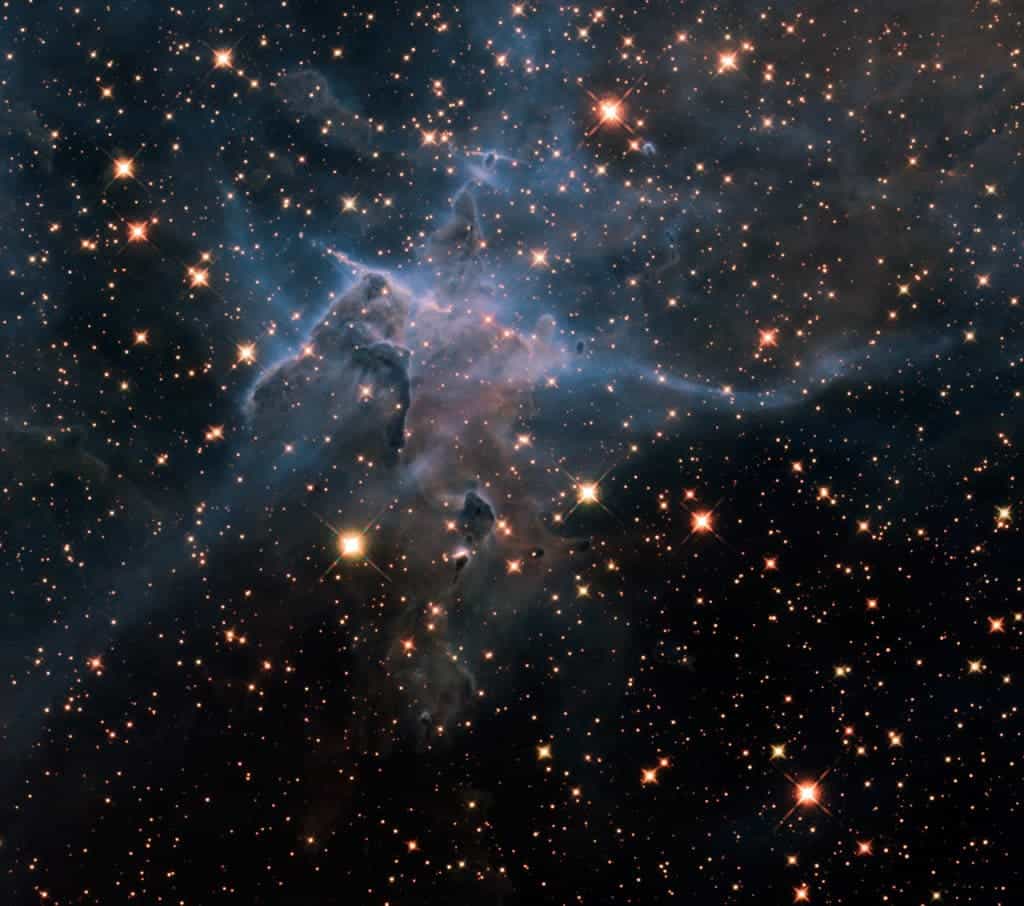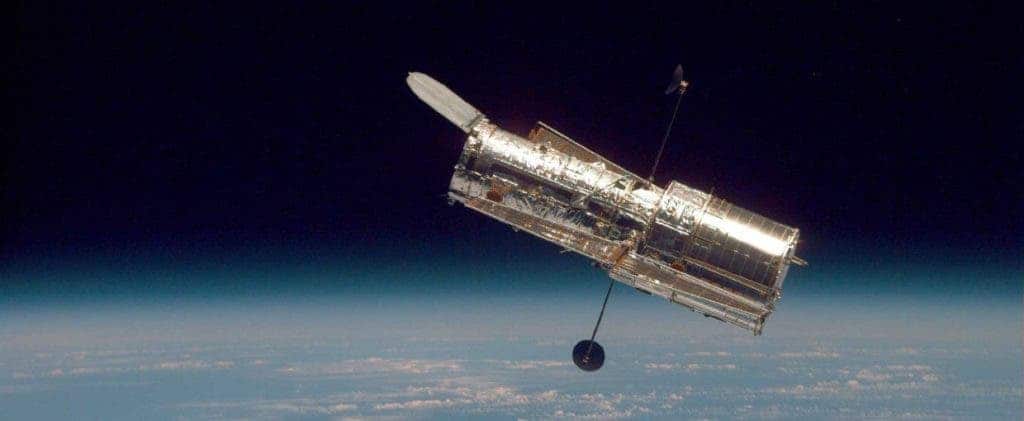A solution that works far too often on Earth also seems to work off the ground.
You’ve never really used a computer unless you tried fixing something by switching it off and on again. It has an almost mystic quality to it, seeming to magically fix at least half of the common issues. But it doesn’t seem like something you’d try on a space telescope.
Hubble, one of the largest, most versatile, and most useful scientific instruments ever developed by mankind, has been in operation since 1990. Naturally, when you’re working in space for three decades, some things are bound to go wrong. Hubble is no stranger to wear and tear, being subjected to a few interventions over the years.
The most recent problem Hubble had was with one of its gyroscopes — devices that measure how fast the spacecraft is turning, and which essentially allow engineers to know where Hubble is looking at.
[panel style=”panel-default” title=”Gyro” footer=””]Hubble’s gyroscopes feature a wheel that spins at a constant 19,200 revolutions per minute. This wheel is mounted in a sealed cylinder, called a float. The float is suspended in a thick fluid.
Thin wires are immersed in the fluid, and they carry electricity to the motor. Electronics within the gyro detect very small movements of the axis of the wheel and communicate this information to Hubble’s central computer.
These gyros have two modes — high and low. High is used for coarse movements, whereas low is more of a high-precision mode.[/panel]

Hubble’s emblematic images have been a massive boon to astronomy and science in general. Image: NASA.
In an attempt to correct the malfunctioning gyro, the Hubble operations team restarted it — they switched it off for a second and then back on again. The gyroscope was also switched from high to low mode several times to clear any potential blockage in the fluid.
Initially, the data showed no improvement in the gyro’s performance. But after several switches, things started to improve. Hubble executed additional maneuvers to make sure that the gyro remained stable within operational limits as the spacecraft moved, and everything seemed to go along normally.
After additional engineering tests are completed, Hubble will return to its normal scientific activity.
Of course, it’s not as simple as saying that NASA just restarted Hubble and it worked — but it’s a bit funny how such a familiar approach (at least in principle) can work on anything from your old computer to one of the most complex machines ever built.










